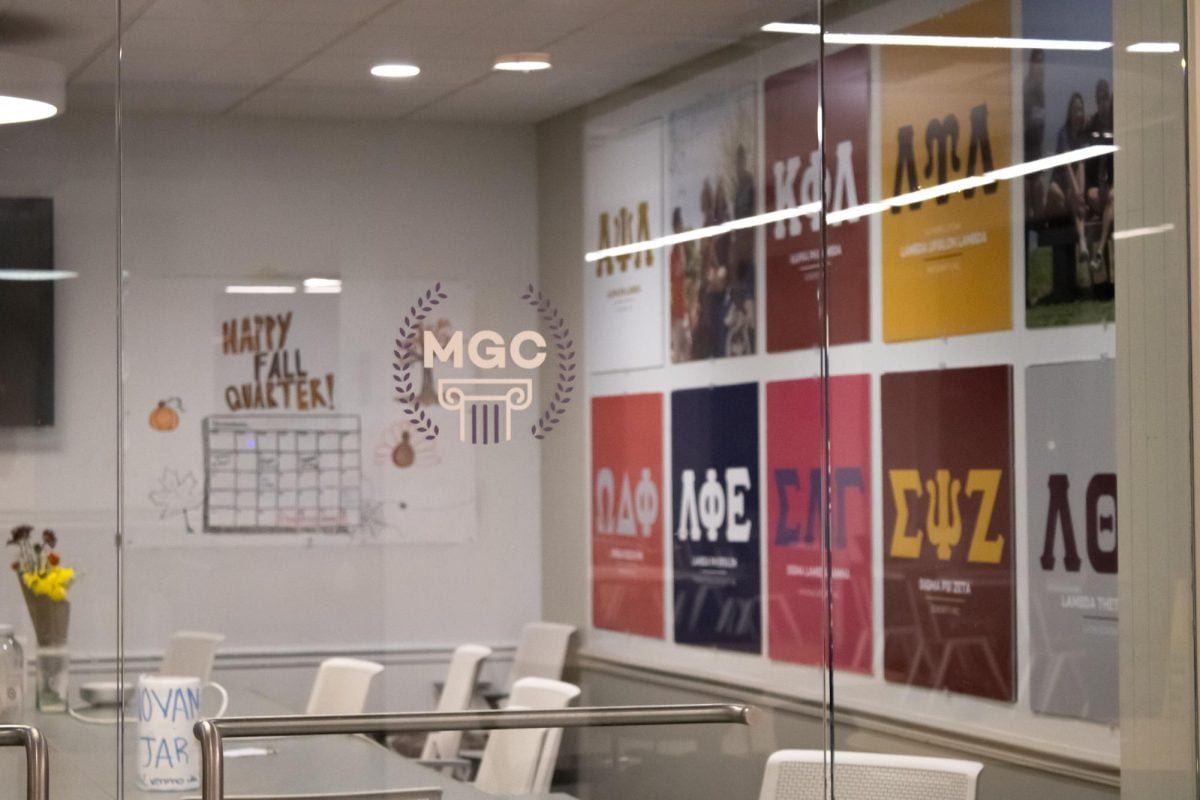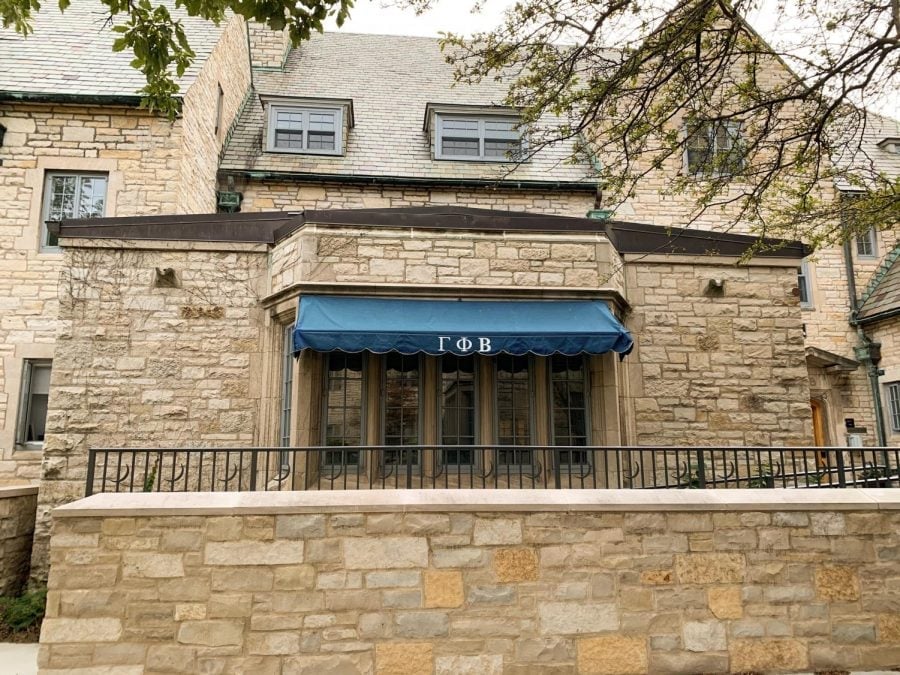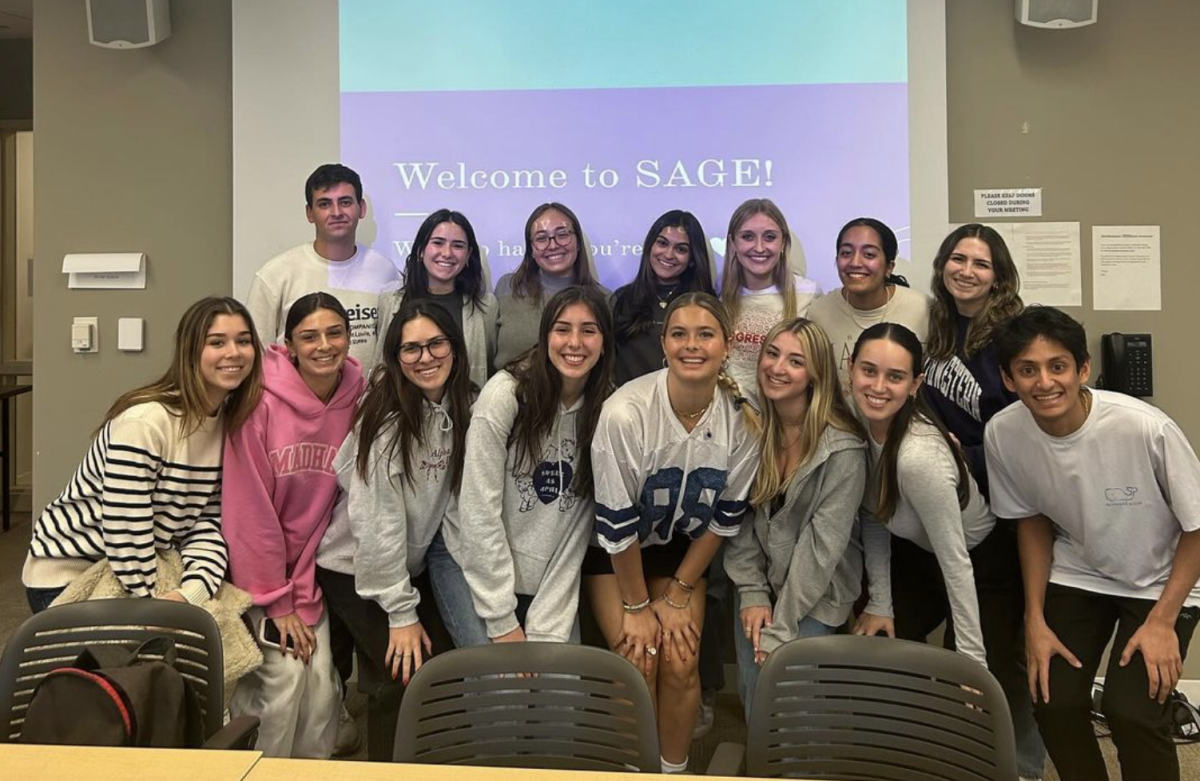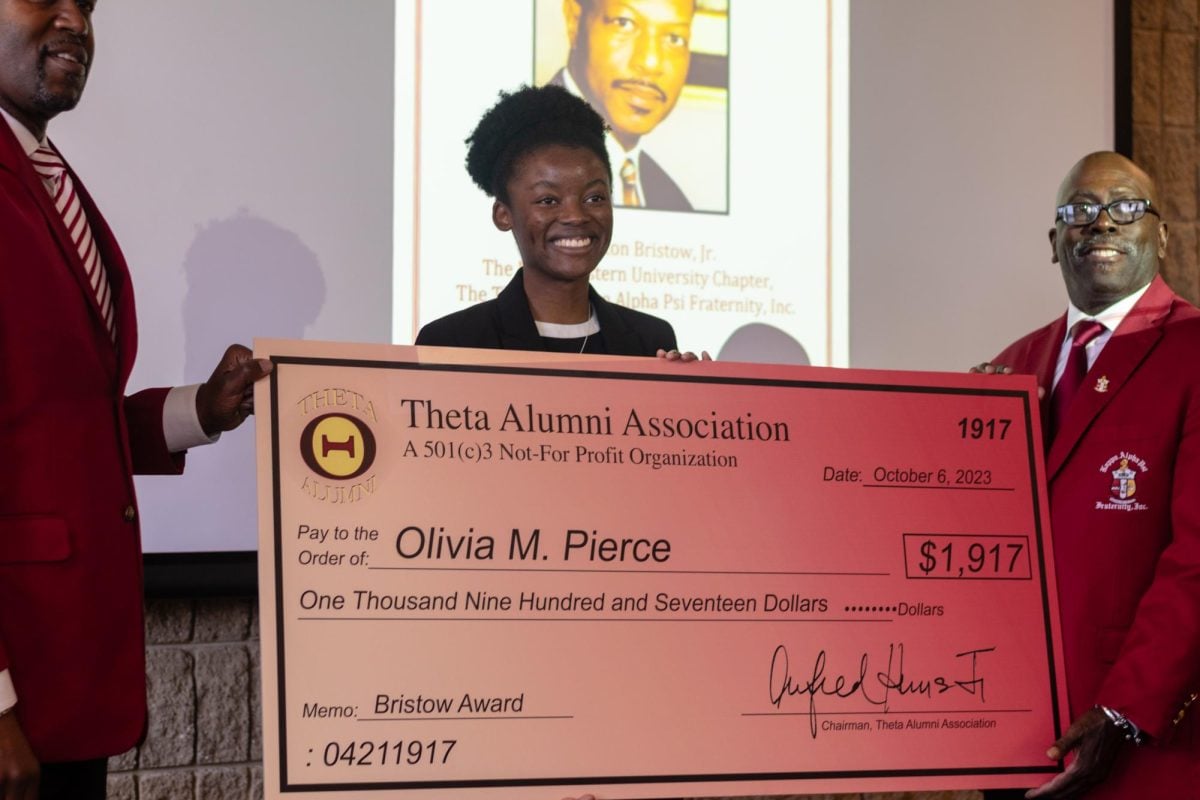Chanting and calling for change, a crowd of about 200 students marched down Sheridan Road on Thursday afternoon as part of the first-ever Asian Pride Rally at Northwestern.
The student initiative Asian NU Project organized the rally to conclude its celebration of Asian American and Pacific Islander Heritage Month.
“This is a breakthrough historical event,” said Pamela Hung, an organizer of Asian NU Project. “The campus has come together before, but this is the first time that Asians have done the planning behind a rally like this.”
Beginning at Deering Meadow, rally participants moved through campus to Weber Arch, where they briefly congregated and cheered. Over music blaring from speakers on a cart, students started the chant, “Hey Northwestern, what do you say? Asian pride is here to stay!”
As they marched north along Sheridan, students hoisted signs above their heads that read, “I support the Asian community” and “Proud to be Asian.”
Students stopped again on the steps in front of Technological Institute, where they held a short dance-off before turning back toward South Campus. The march continued down Sheridan, cutting next to the Allen Center to end back at Deering.
Hung said the rally was a “celebration of the Asian identity” and was meant to inspire Asian American students.
“It takes a lot of guts to march for your Asian identity,” the Weinberg senior said.
Associated Student Government President Victor Shao attended the rally, participating in the march and leading chants at various points. He said the rally’s attendance was “encouraging” and showed the passion of NU students.
Shao said the rally and the ongoing discussions surrounding diversity on campus suggest a positive shift in the NU community.
“Clearly the past couple months have demonstrated that (NU has) been a really silent community,” the Weinberg junior said. “This is a good way to demonstrate we’re not.”
Following the march, students gathered on the grass to listen to speeches by Jinah Kim, assistant director of NU’s Asian American Studies Program, and two NU alumni.
In her address, Kim talked about how NU needed to “shift from disunity and fracture to a community.” She mentioned how this change could be achieved by establishing a two-course cultural competency requirement, something that some NU students have been asking for over the last few months.
“Something is broken in our nation, and we’re not teaching our students how to talk about race,” Kim said.
Eric Salcedo (WCAS ’97) and Sumun Pendakur (WCAS ’98) switched gears to the history of NU’s Asian American community, discussing their involvement in establishing the Asian American Studies Program.
In April 1995, members of the Asian American Advisory Board started a 23-day hunger strike to protest the second rejection of a proposal to establish an Asian American studies program at NU, according to Daily archives.
“We dared to dream crazy and lay the foundation for Asian American studies at Northwestern,” Salcedo said.
Salcedo referred to the vital role the support of the Latino and African American communities played in bringing about the creation of NU’s Asian American Studies program in 1999. He said the same “coalition-building” should be practiced by students today.
Although the rally was a celebration of Asian and Asian American heritage, students from a range of backgrounds participated in the demonstration as a form of “solidarity.” Weinberg junior Anthony Iglesias, a member of the multicultural fraternity Omega Delta Phi, said the diversity of the rally’s participants represents growing identification with the Asian community.
“This event is really a comeback for the Asian community,” Iglesias said. “I really want to support them and their political reawakening on campus.”
McCormick junior Michael Tu, who attended the rally, said he hoped the rally would validate the Asian American community in the eyes of NU administrators.
Although they make up over 20 percent of the student body at NU, Tu said he thinks the Asian American community is often left out.
“A lot of the time we’re excluded in a lot of talks about how to make Northwestern better,” he said. “It takes something that’s as big as this to get the administration to notice what’s going on on the ground.”






